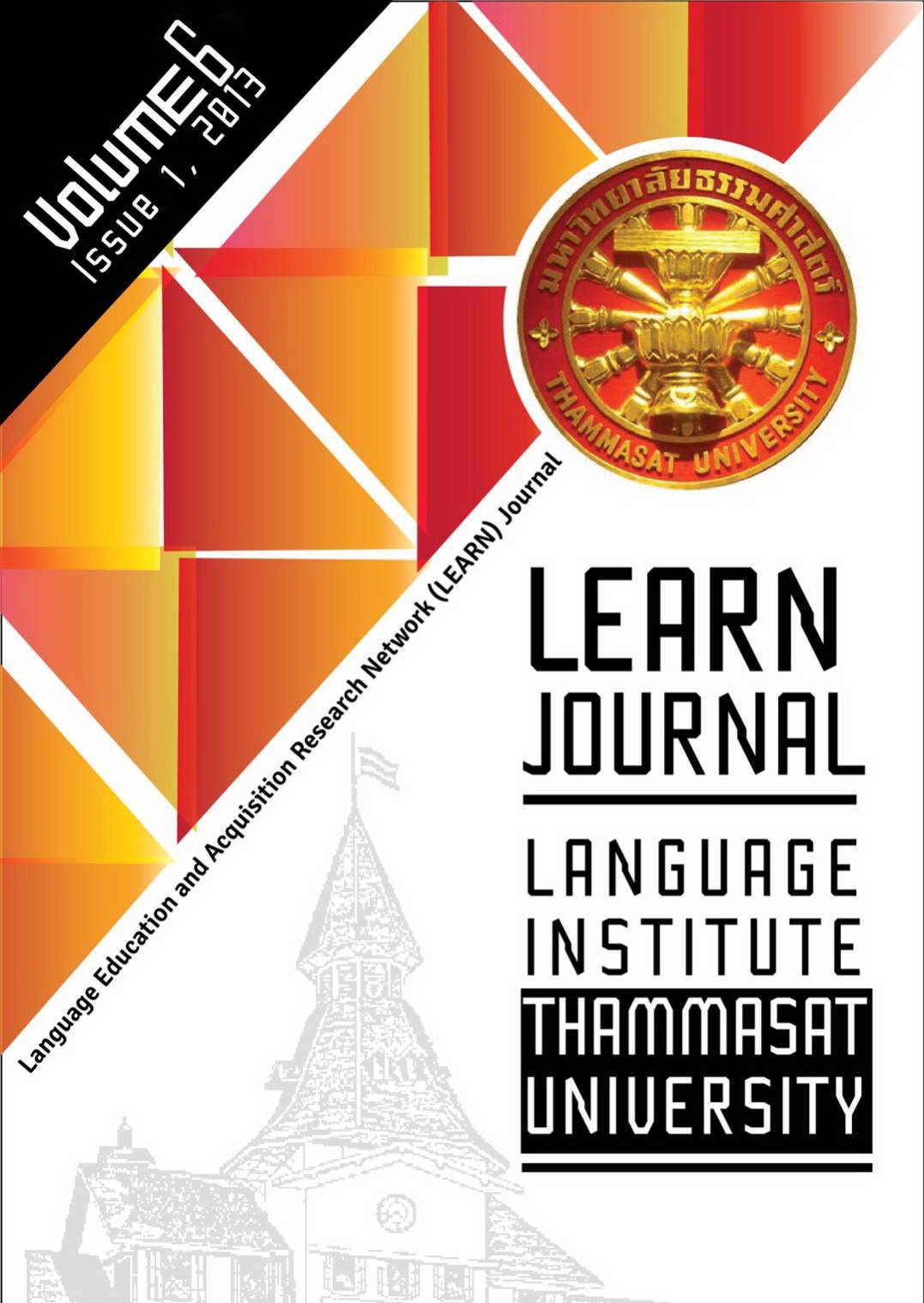The Effects of Morphological Instruction on Reading Abilities of Low Proficiency Adult EFL Learners at a University in Thailand
Main Article Content
Abstract
This article aims at investigating the effects of morphological instruction, roots and affixes, on the reading abilities in terms of vocabulary and reading comprehension of low proficiency adult EFL learners at a university level in Thailand. The study focuses on whether those students are able to make educated guesses on the meaning of unknown words using their morphological knowledge to help them comprehend better in reading passages.The findings of the study reveal that there was no statistically significant difference between the pre-test and the post-test scores of the control group and the experimental group after morphological instruction on roots and affixes. Similarly, the research found that there was no statistically significant difference in the final exam scores in terms of vocabulary knowledge, reading comprehension and vocabulary-reading sections between the experimental and the control groups. The results could be discussed in two aspects. The first one is that the teaching morphemes (roots and affixes) did not foster the vocabulary development and reading comprehension skills of low-proficient adult EFL learners who have limitation of 2,000 – 3, 000 common words. The second one is that both morphological instruction and extensive reading through reading exercises probably supported the low-proficient learners’ reading abilities.
Article Details
How to Cite
Sritulanon, A. (2013). The Effects of Morphological Instruction on Reading Abilities of Low Proficiency Adult EFL Learners at a University in Thailand. LEARN Journal: Language Education and Acquisition Research Network, 6(1), 49–65. Retrieved from https://so04.tci-thaijo.org/index.php/LEARN/article/view/102721
Section
Research Articles

